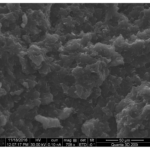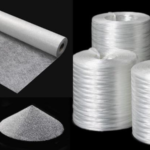Composites UK, the accredited trade association for the UK composites industry, has launched a Good Practice Guide on the topic of fire performance for fibre reinforced polymer composites (FRPs).
The National Composite Centre (NCC) supported and funded Composites UK for publishing the guide, which was written by the Association’s Supply Chain and Environment Manager Stella Job, along with Tom Royle, of Wizz Consultancy, and Nigel Keen, of Creative Composite Connections.
The fire performance of a composite component or structure is complex and accordingly, the knowledge base is constantly growing as new products arrive in the marketplace in response to growing demand. Despite the topic proving to be a “moving target”, there is a need to improve the understanding of how the fire performance of FRP components is specified by the engineer and buyer and achieved by the manufacturer.
The 61-page document covers:
- The key characteristics which define the fire performance of a composites
- Materials and combinations thereof
- Methods of improving properties
- Standards and regulations for sectors
- Testing
- Future trends
“It’s great to see increasing use of FRP in areas where fire performance is a challenge, such as aircraft and rail interiors, offshore applications and even commercial marine structures,” said Stella Job. “The fire chemistry, interactions between the materials that make up the composite system and the testing and standards involved make this a tricky area, so this guide will be a useful resource for many seeking to understand how fire properties of FRP composites can be enhanced for their application.”
Source: www.compositesuk.co.uk
Download the Fire Performance of Composites Good Practice Guide here













